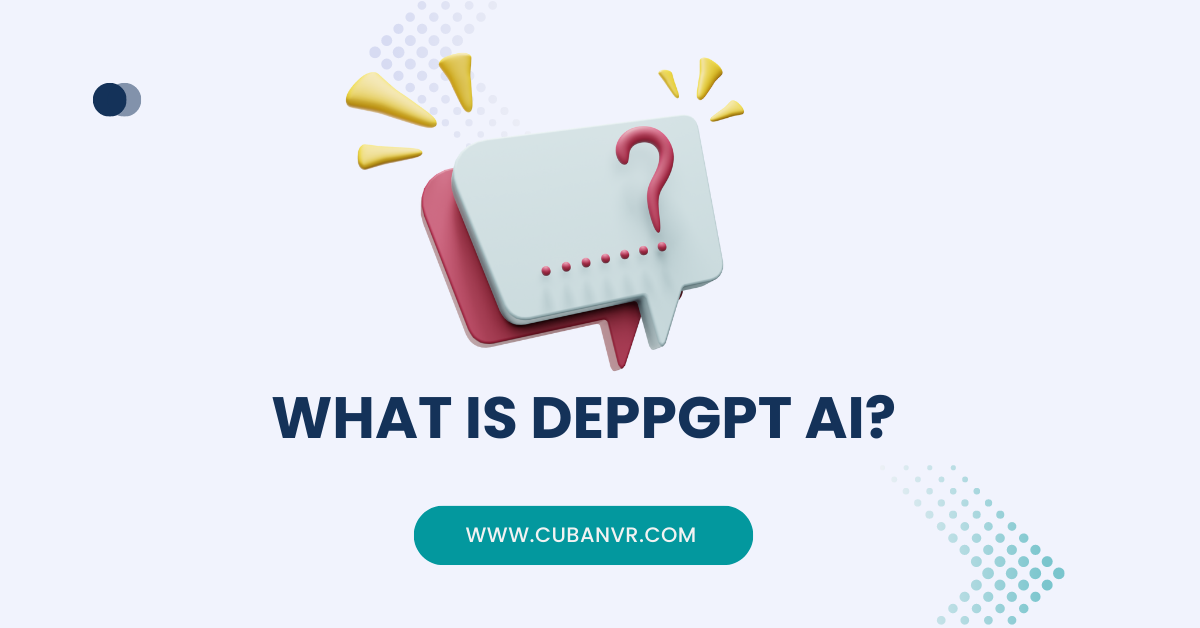DeppGPT stands as an advanced language model meticulously crafted by Steckenpferd Enterprises UG to fashion responses to user prompts that are not only naturalistic but also contextually pertinent. Fashioned upon the GPT-3 architecture, this model is nurtured through extensive training on copious volumes of text data, enabling it to yield responses of exceptional quality across a spectrum of inquiries.
Let’s get to know more about the essence of DeppGPT—its conception, mechanics, and potential for curating more captivating and immersive conversational experiences.
Regardless of whether you identify as a developer or a user of DeppGPT, delving into its capabilities can offer insights into unlocking its full potential, ultimately cultivating more potent and engaging chat interactions.
How does DeppGPT do?
DeppGPT stands as an advanced language model, harnessing the prowess of deep learning techniques to produce responses that are not only naturalistic but also intricately tied to the context of user prompts. Fashioned upon the GPT-3 architecture, this model is honed through exposure to extensive volumes of textual data, enabling it to forge high-caliber responses across a diverse array of queries.
When users input prompts into DeppGPT, the model engages natural language processing (NLP) methodologies to decipher the contextual backdrop and underlying intent of the input. It then crafts responses intricately woven into the context of the prompt, mirroring the nuances of human language patterns.
DeppGPT exhibits notable flexibility, capable of crafting responses for a wide gamut of inquiries encompassing questions, declarations, and directives. Furthermore, the model excels in generating domain-specific responses tailored to areas like sports, politics, or finance.
A pivotal hallmark of DeppGPT lies in its capacity to yield responses that impeccably align with the contextual backdrop. The model’s acumen in grasping linguistic intricacies empowers it to tailor responses in precise alignment with the unique context presented in the prompt.
DeppGPT emerges as a commanding language model, engineered to spawn responses that are both naturalistic and tightly knitted to the contextual fabric of user prompts. Through the orchestration of deep learning techniques and sophisticated NLP algorithms, the model engenders top-notch responses across a diverse spectrum of queries. This renders it an invaluable asset for developers and users, endeavoring to weave more captivating and immersive chat interactions.
See also: Is ChatGPT Better Than Chatsonic AI?
How to use DeppGPT?
DeppGPT stands as a language model that can be harnessed via diverse AI platforms and tools. Below are the general instructions for employing DeppGPT:
1. Select an AI platform: Numerous AI platforms, such as Hugging Face, OpenAI, and GPT-3 Playground, offer access to DeppGPT. Opt for a platform aligning with your requirements, and complete the account registration if necessary.
2. Input your prompt: Upon accessing the chosen platform, input your prompt into the designated text box. The prompt can manifest as a question, statement, or directive, employing natural language structure.
3. Generate a response: Post inputting your prompt, the platform harnesses DeppGPT to create a response. This response echoes the contextual essence of the prompt and mirrors human-like language patterns.
4. Refine the response: In the event, the response generated by DeppGPT doesn’t meet your expectations, you have the option to fine-tune your prompt to elicit a new response. Repeat this iterative process until a satisfactory response is achieved.
5. Implement the response: Subsequent to generating a response, you can effectively incorporate it into your conversational exchanges, social media posts, or any other context necessitating natural language articulation.
Conclusion
DeppGPT is strategically crafted to craft responses that are both naturalistic and intricately tied to the context of user prompts. Founded on the GPT-3 architecture, this model is honed through extensive exposure to vast volumes of textual data, endowing it with the capability to generate top-notch responses spanning a diverse array of inquiries.
